Jehovah’s Witnesses And Blood Transfusion Demystified
The Trauma Pro
MAY 2, 2023
Pack well, close and re-establish normal physiology before doing all the final repairs. Use direct pressure or direct suture ligation for external bleeding. Splint to reduce fracture bleeding. Aggressively use damage control surgery. Don’t go for a definitive laparotomy which may take hours. Always watch the temperature. Keep the OR hot.




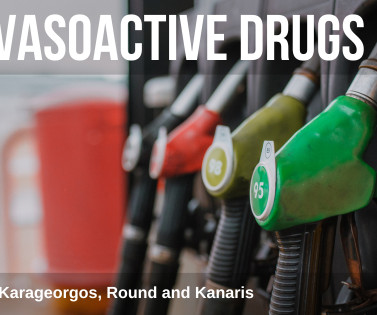

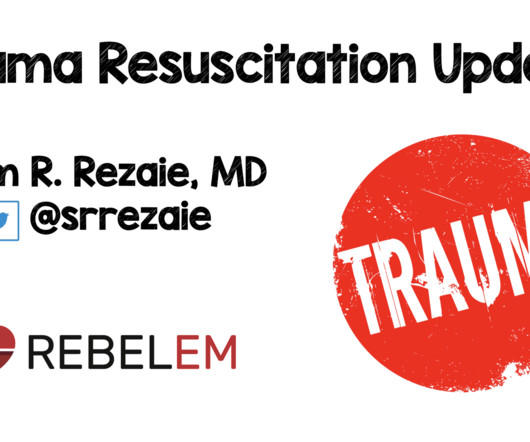


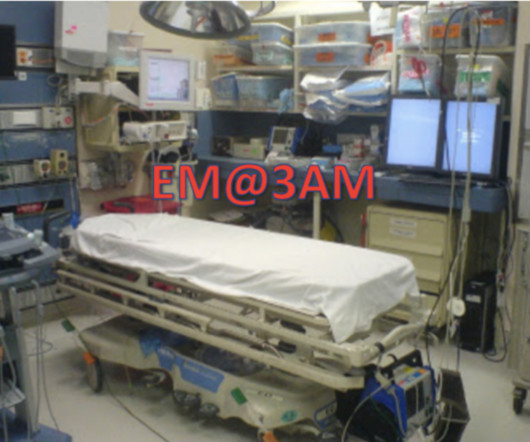






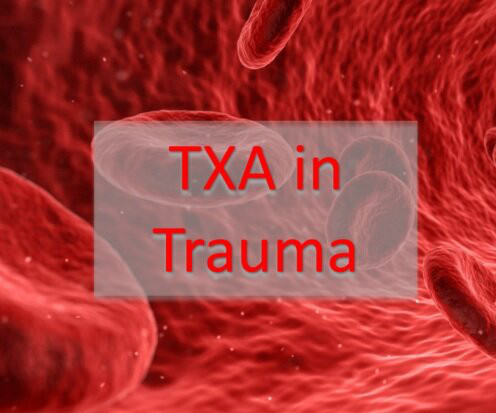




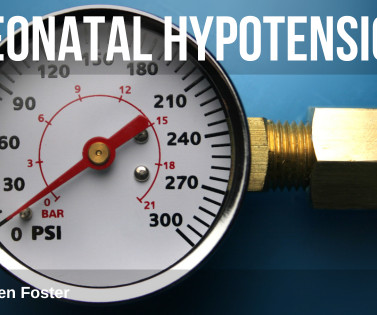










Let's personalize your content